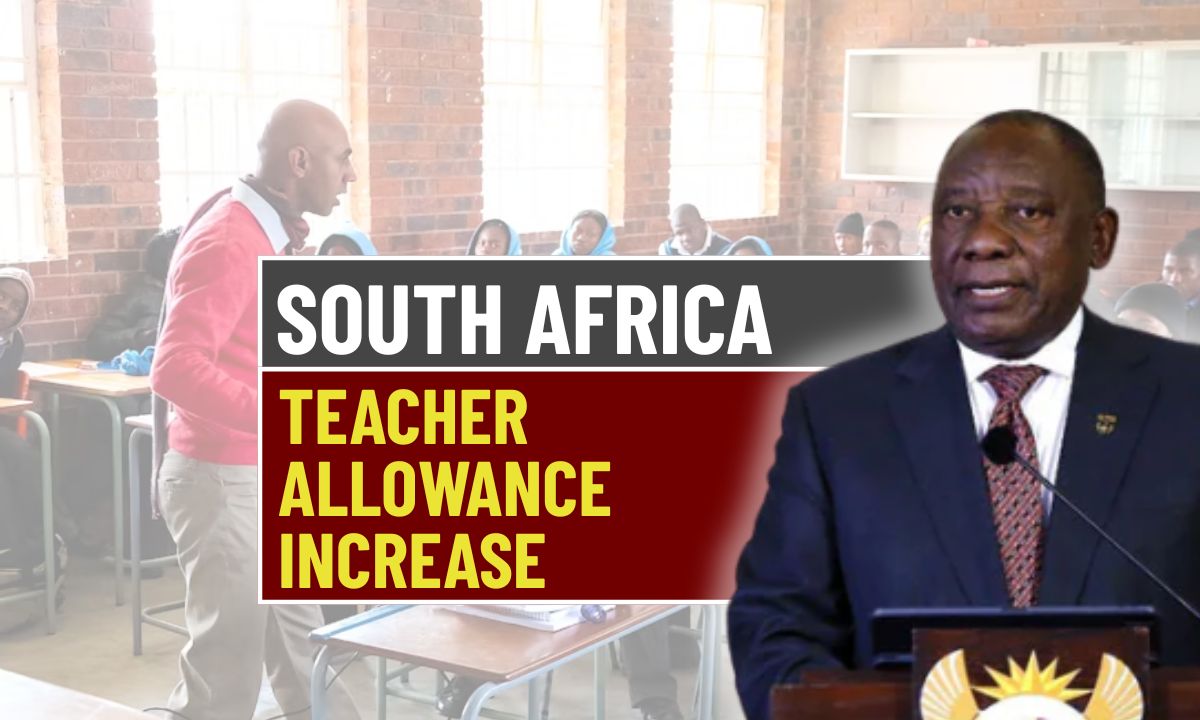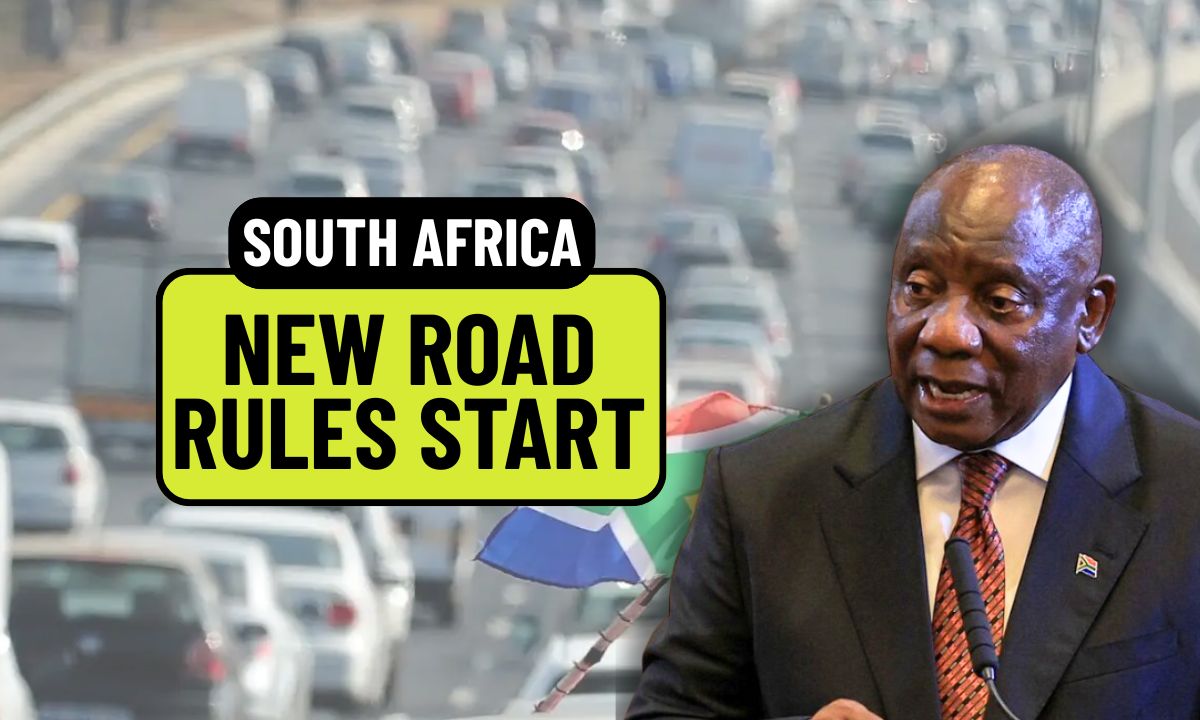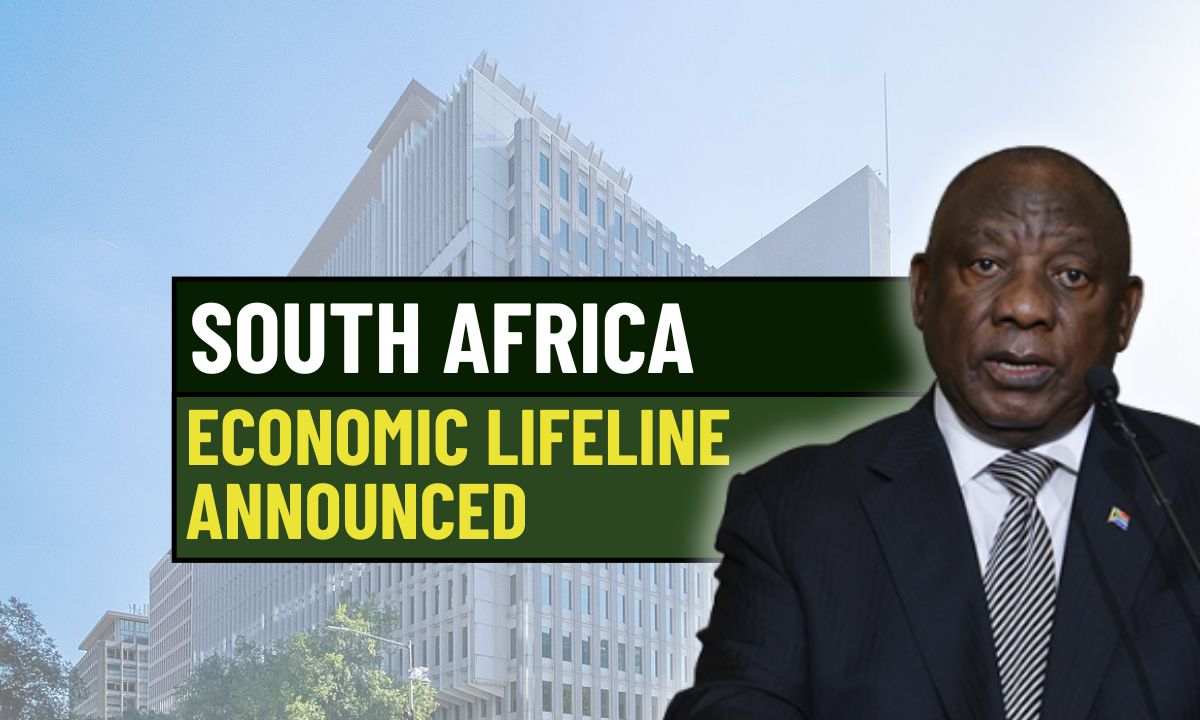South African teachers are in for a long-awaited financial lift starting July 2025, as the government has confirmed a revision to teacher allowances across the country. This update comes in response to years of union lobbying, inflationary pressures, and a growing call to make the profession more attractive amid a worsening educator shortage. The Department of Basic Education, in collaboration with the National Treasury, finalised the new rates as part of a broader strategy to retain experienced teachers and attract fresh talent into public schools. The changes are not just symbolic. For years, educators have raised concerns over stagnant allowances that no longer reflect the cost of living or the increasing demands of their jobs. Now, with new rates in effect, thousands of public school teachers will finally feel the difference in their monthly compensation, providing not just relief but recognition.
Which Allowances Are Being Increased, and By How Much?
While there is no one-size-fits-all amount due to regional differences and roles, the primary focus is on improving rural teaching allowances, housing stipends, and scarce skills benefits. Rural and hardship posts, for instance, will now attract a significantly higher allowance, with some educators in remote provinces expecting an increase of up to 35% in monthly top-ups. For teachers in high-demand subject areas such as mathematics, science, and technology, the scarce skills allowance is also getting a major lift. Additionally, school heads and department heads are receiving adjusted management allowances to reflect the weight of their administrative and leadership duties. These changes are based on both geographic location and role-specific responsibilities, and teachers in historically underfunded areas stand to benefit the most.
Why This Change Matters Now More Than Ever

The revised allowance structure comes at a critical time. South Africa has seen an alarming rise in teacher attrition, especially in rural schools where educators often work under severe constraints with minimal financial incentives. By improving allowance packages, the government is not only acknowledging the burdens carried by educators but also investing in the long-term sustainability of the education system. For young teachers entering the profession, these new benefits signal a more hopeful and sustainable career path. For veterans who’ve given decades to the classroom, the updated rates serve as long-overdue recognition for their service. The allowance boost also aligns with broader national goals of improving educational outcomes, especially in rural and township schools where teaching quality can be the biggest game changer.
When Will Teachers Start Seeing the Boost?
The new allowance rates officially take effect from 1 July 2025, with updates applied to the first salary cycle of the financial quarter. Most teachers can expect the increased amounts to reflect in their July payslips, though some may experience slight delays depending on provincial payroll systems. Provincial education departments have been directed to ensure a smooth rollout, and communication has already begun via official circulars, school principal briefings, and union channels. Teachers are encouraged to review their payslips carefully over the coming months and to contact their HR departments if discrepancies arise.
Could This Be the Start of Bigger Reforms?
There is growing optimism that this new allowance adjustment may be the first in a series of broader reforms aimed at overhauling educator compensation. With teacher unions welcoming the increase but also pushing for further base salary negotiations in upcoming bargaining sessions, many believe this could mark the beginning of a more supportive era for South African educators. It’s a hopeful moment a recognition not only of the economic hardships teachers have faced but also of the critical role they play in shaping the country’s future. With classrooms full of eager minds and passionate teachers finally getting a fairer deal, this July’s adjustment might just be the spark that re-energises South Africa’s public education system.


